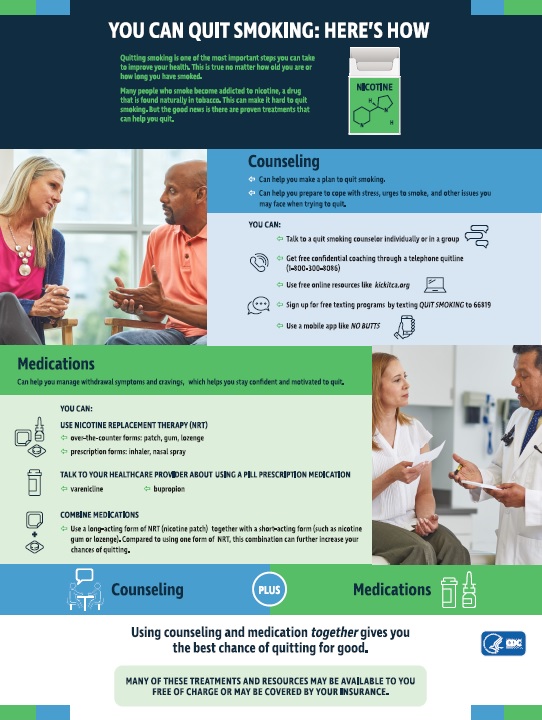LifeLong Medical Care’s Tobacco Cessation Program
Blog Contribution by LifeLong Medical Care

For the last 40 years, the American Cancer Society has hosted The Great American Smokeout the third Thursday in November to encourage smokers to begin the process of quitting. About 34 million American adults still smoke cigarettes, and smoking remains the single largest preventable cause of death and illness worldwide.
Things are certainly different now than in 1965, when a new dad could light up a cigar in the hallway right outside the hospital nursery and airline “smoking sections” were somehow supposed to limit the toxins to one area of the plane. Back then, 42 percent of Americans smoked, compared to 14 percent in 2019.
Still, smoking disproportionately affects those at lower socioeconomic levels, people without college degrees, American Indians/Alaska natives, African Americans, LGBTQ communities, those in the military, and people with behavioral health conditions.
LifeLong Medical Care’s tobacco cessation program, funded by Alameda County Public Health Tobacco Control and Alameda County Behavioral Health, gives providers the tools and training to help patients quit. Patricia Sanchez, Tobacco Treatment Program Manager, estimates the program has trained at least 150 LifeLong providers—physicians, LCSWs, psychiatrists, and drug treatment specialists.
“People aren’t always that open to talking to someone on a helpline, but they are open to talking to someone from their health center, which is why we crosstrain LifeLong staff, especially behavioral staff because they already have those interviewing and counseling skills,” Patricia says. “It’s about teaching the providers how to embed tobacco treatment on top of the other types of treatments they’re providing.”
The program is based at LifeLong’s East Bay Community Recovery Project (EBCRP), where the group has done multiple trainings. Studies have shown that it’s easier for a person to stop using addictive substances if they are able to quit smoking as well, Patricia says.
The key to quitting tobacco use is getting the right support if they aren’t successful the first time and taking advantage of multiple tools. These could include a combination of counseling, medications – there are seven different medications that can help — and other aids such as nicotine chewing gum.
You can learn more about LifeLong Medical Care HERE.
